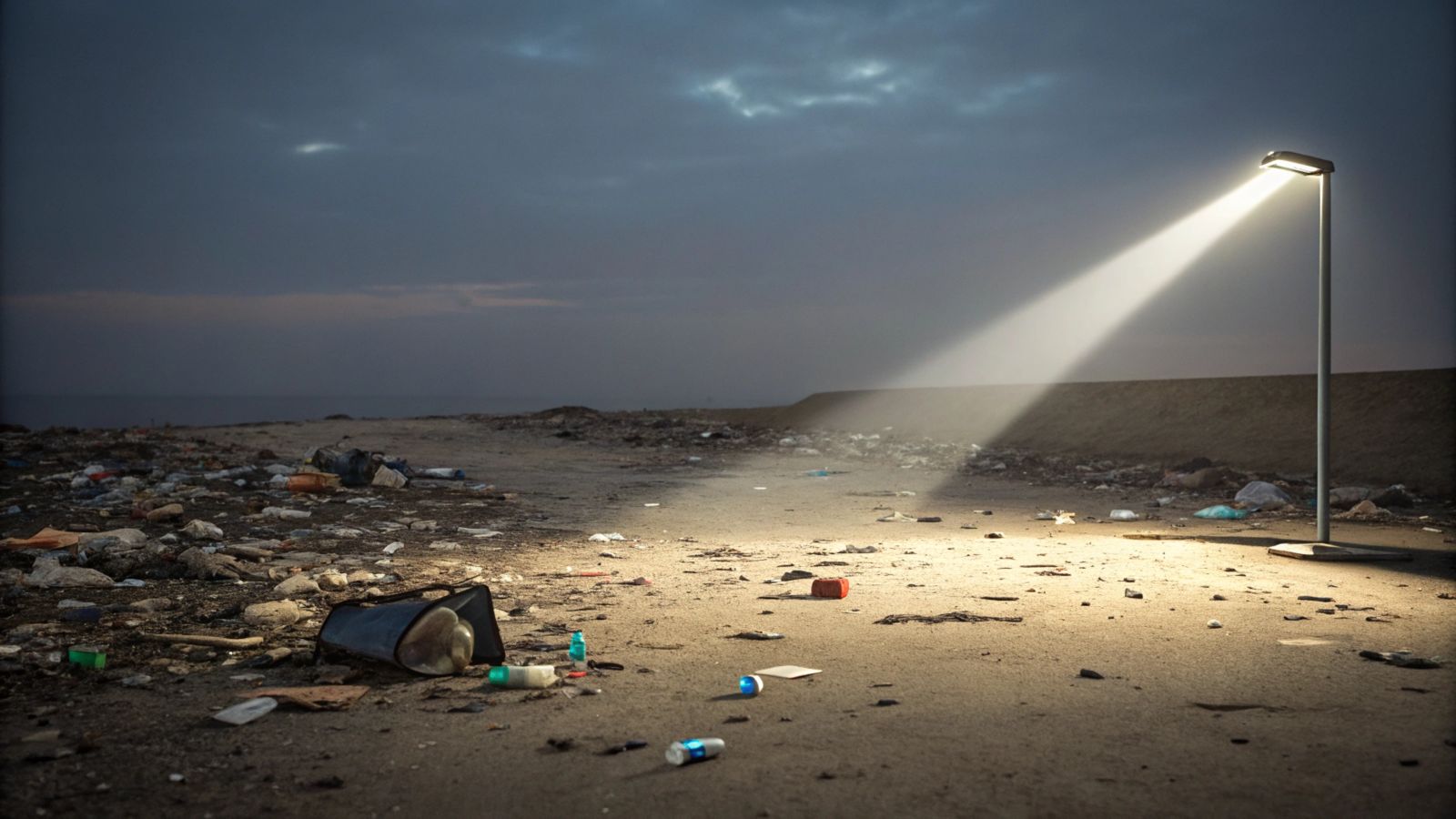Follow us on Google News (click on ☆)
PFAS, used in numerous products for their non-stick and waterproof properties, are known for their extreme resistance. Their chemical structure, based on carbon-fluorine bonds, makes them nearly indestructible by traditional methods. These compounds accumulate in water, soil, and living organisms, posing serious risks to health and the environment.

A team from Colorado State University has developed a photocatalytic technique using light to break these stubborn bonds. Their system relies on an organic photocatalyst activated by LEDs, which transfers electrons to PFAS molecules, causing their degradation. This approach works at low temperatures and without metals, making it safer and potentially more economical.
PFAS, found in cookware, textiles, and firefighting foams, are nicknamed "forever chemicals" due to their persistence in the environment. Their natural degradation can take up to 1,000 years, and current treatment methods only concentrate them without completely eliminating them.
A new photocatalytic technique aims to transform PFAS into non-toxic products, such as hydrocarbons and fluoride ions, which can then decompose naturally. This process, described in the journal Nature, represents a promising advance for the decontamination of water and soil.
However, not everything is perfect yet. The current system only works on a small scale and cannot degrade the most complex PFAS molecules, such as Teflon. Additionally, the photocatalysts used degrade over time, requiring improvements for long-term use.
The researchers are already planning to adapt this technology to treat contaminated water in treatment plants. They also hope to use it to clean polluted soil, making it suitable again for agriculture and ecosystem preservation.
This method adds to other approaches under development, such as electrochemical oxidation and plasma destruction. Combined, these technologies could offer a comprehensive solution for effectively and sustainably eliminating PFAS.
What is photocatalysis?
Photocatalysis is a chemical process that uses light to activate a reaction. It relies on a catalyst, often a semiconductor material, which absorbs light energy and transfers electrons. These electrons then initiate chemical reactions, such as the degradation of pollutants or the production of useful molecules.
Unlike traditional methods, photocatalysis works at low temperatures and without harsh chemicals. It is therefore considered a clean and sustainable technology. Its most well-known application is the decomposition of toxic substances in water or air, such as PFAS or volatile organic compounds.
The most commonly used photocatalysts are titanium dioxide (TiO₂) and certain organic compounds. These materials are chosen for their ability to absorb light and maintain their effectiveness over long periods. However, their performance depends on the wavelength of the light used, often in the ultraviolet or visible spectrum.
The advantages of photocatalysis include its low energy cost and environmental friendliness. It is already used in applications such as self-cleaning surfaces, air purification, and wastewater treatment. With ongoing research, it could play a key role in the fight against pollution and the transition to greener technologies.